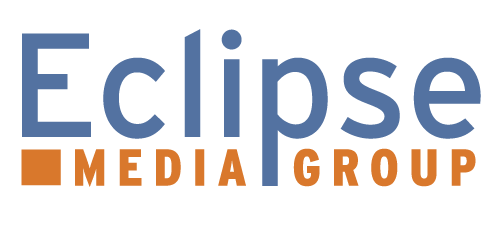3 simple ways to improve your SEO
Posted on January 12, 2022 by Eclipse Admin

In public relations, we tend to find ourselves in charge of websites for a number of reasons. Whether it be for a client’s company page, our own website or running a blog feed, Search Engine Optimization (SEO) shows us how our content fares on the vast internet. The goal is to have your site appear high on the results list from search engines, therefore maximizing the number of visitors to your page. Here are three simple ways to achieve this goal and improve your SEO:
Keyphrases
When creating a webpage, the focus keyphrase chosen determines what searches will find the page. It can be one word or an entire phrase, but remember that if the phrase is too general or specific, it might not show up on the results page. For example, if someone were to google “public relations,” they probably wouldn’t find this blog. However, “simple ways to improve SEO” would be a phrase that would bring this blog to the forefront of results.
Once the keyphrase has been determined, make sure to use it within the content in many different ways. Using it in the title of a blog and introduction helps boost SEO by making it easier for readers and search engines to find your content. Titles and introductions are what catch readers’ attention and make them want to read your post. Most people scan pages to find what they’re looking for, so bringing up the focus of your piece early and often can help readers understand quickly what the page is about.
Links
Including external and internal links in a post is a great way to enhance SEO. While external, or outbound, links don’t necessarily impact personal SEO, it promotes relevant information for your visitors and encourages other pages to externally link to you, as well. Yoast SEO, a plug-in for the popular website tool WordPress, promotes external links to increase web expansion and offer SEO for everyone.
Internal links are when the link within the post brings a reader to another page on the same website. A good rule of thumb is to include a link to your services or ‘about’ page in every post. This keeps readers on your website and helps point them to more relevant content. If you are managing a company page, this could help boost engagement with potential customers or clients.
Titles & Headers
While including your focus keyphrase or word in your SEO title is important, it’s also an important factor for search engines like Google when determining the page topic. Remember there’s a difference between a post’s title and a SEO title. Post titles hook readers and make them want to read your content after the SEO title brought the page to their attention. An SEO title can differ or be the same as the post, but the SEO title is what people will see in their search engine results.
Headers organize your content and make it easier for readers to digest. They support the title by also demonstrating what the post is about and connecting the paragraphs cohesively. As previously mentioned, readers tend to scan content, so headings help direct people to the specific information they are seeking. While headings don’t specifically affect your SEO, they indirectly benefit by creating a higher quality of reading. SEO picks up on people bouncing from your site, so if readers don’t stay long because they can’t easily find the content they were looking for, your post will be pushed lower on the search results list.
Category: Blog Tags: PR Tips, public relations, social media
Copyright © 2024 · All Rights Reserved · Eclipse Media Group
Business Theme v3 by Organic Themes · WordPress Hosting · RSS Feed · Log in
